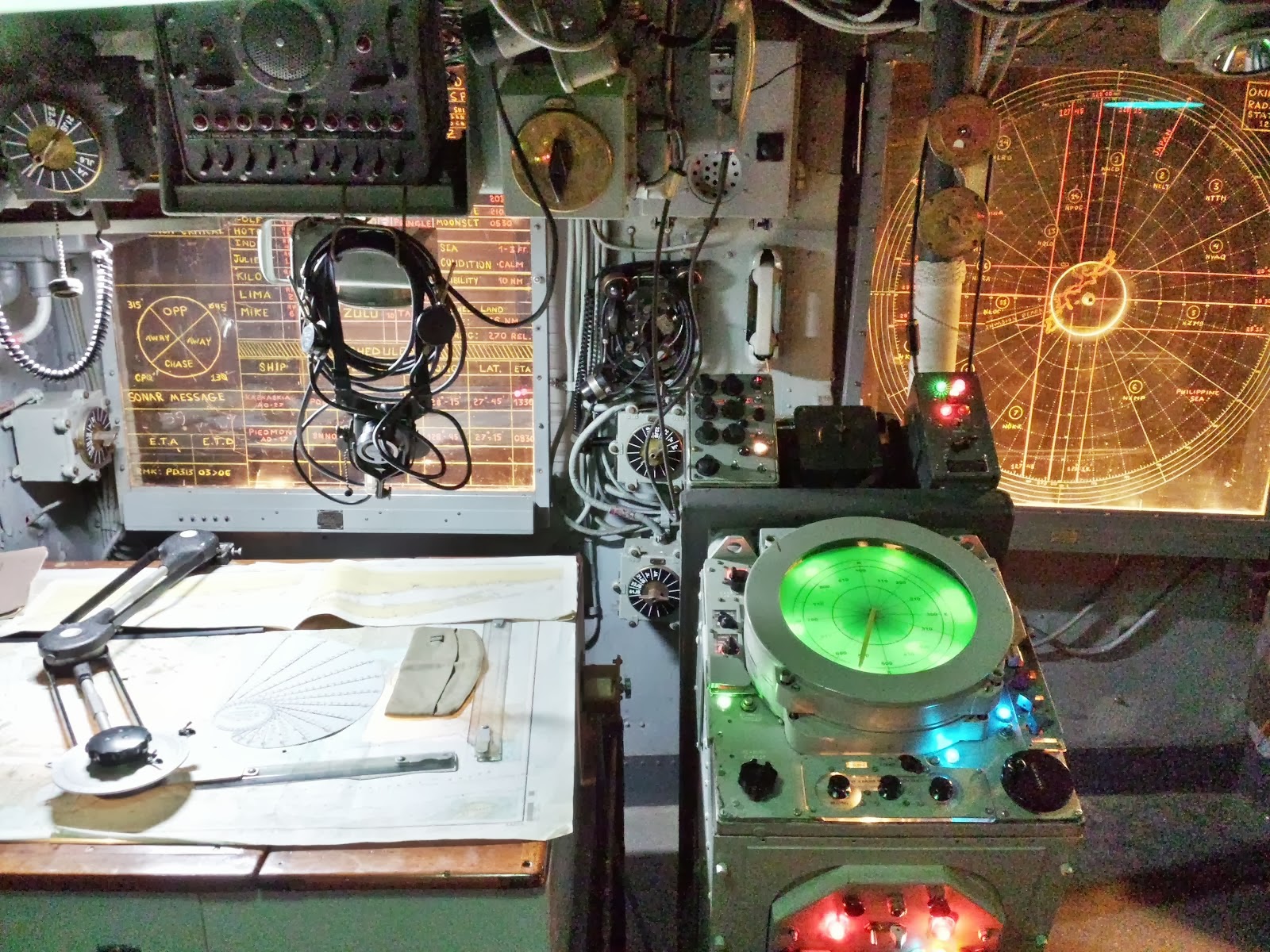There are sure signs that summer is not far away and spring has just made an appearance. As I write this, we are locally seeing temperatures in the mid 30's! Yea, that's like 50 degrees in the lower 48! I'm trying not to get too excited as I'm sure we will still have snow and cold days ahead. I decided to start thawing out our travel trailer and getting things back in order for this summer. I'm looking forward to more camping and more portable operating once the backcountry roads are plowed, graded, and have dried a bit. I have been looking at some 100 watt rigs for portable use as well (when not QRP'ing) and I believe I have settled on the Yaesu FT-450D. I like this rig for many reasons but my close friend Sean, KL1SF/K7 has the "AT" version and it sounds good. The "D" having an internal keyer, CW filters, and tuner make it a good fit for me. Now I just need to scrape together a few bucks so I can purchase one! Shipping to my QTH (as recently quoted) is $60.00. One of the pains of living in remote Alaska, we don't qualify for any free ground shipping in these parts when it comes to radio equipment. I also have plenty of antenna work to get going on once the snow disappears a bit.
I received in today's mail my certificate for the ARRL International DX Contest (CW) from last year. This years contest is here and gone and with the 2010 certificate was an apology due to it taking over a year for the ARRL to send out certificates. I have always wondered why (especially now since we have electronic log checking and a very high percentage of electronic submissions) that it takes so long to find out results of contests. I know there are still those that submit hard copy but those days need to be retired in my humble opinion. I'm all for being green and saving a tree!
And speaking of saving a tree, I see in CQ that they will be offering a online version of their magazine in the near future (page 40 in the March edition)? What a grand idea! I would much rather have and electronic version I can download and keep for future reference. Having PDF copies of my monthly CQ and QST magazines would be just fine by me! I don't keep any of my magazines so to me, an electronic version would be perfect. So, I'm glad to see CQ doing this. Not only would it save in postal fees, but it would sure save a few trees.
Now that summer is approaching it will be time to hang the "Closed for the Season" sign on the shack door. I will be active from time to time but I'm sure looking forward to spending as much time outdoors as possible. We are stuck indoors all winter so taking a few months off from the shack would not be a bad thing.





